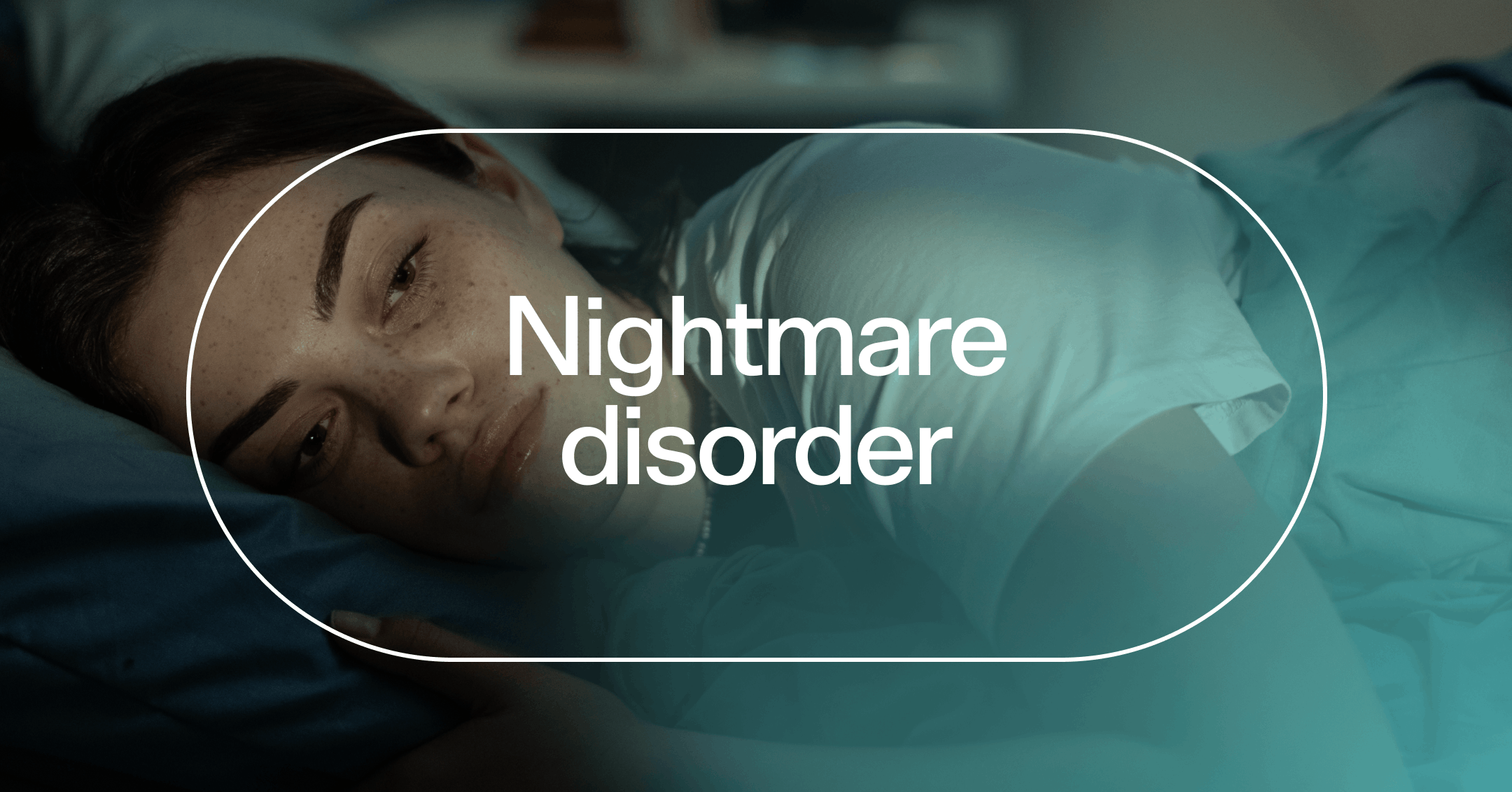People with avoidant attachment are often uncomfortable with emotional intimacy and vulnerability, which can make it difficult to get close in a relationship.
Other signs that someone has an avoidant attachment style include difficulty expressing their emotions, discomfort depending on others, and a tendency to withdraw during conflict or stress.
Therapy can help you and your partner understand how your attachment styles impact your relationship dynamics and offer strategies for healthier connection.
Dating someone with avoidant attachment can sometimes feel confusing or even painful — especially if you’re craving emotional closeness. Avoidant attachment is one of several attachment styles used to describe how people relate to others in close relationships, and it often stems from early experiences when someone’s emotional needs weren’t consistently met.
People with avoidant attachment style are often uncomfortable with vulnerability, closeness, and emotional intimacy. They value their independence and may have a hard time relying on others or expressing their needs. If this describes your partner, you might be wondering what this means for your relationship.
Avoidant attachment can look a little different for everyone, but learning about the signs can help you identify challenges, support your partner, and create a more fulfilling connection.
How to tell if your partner has an avoidant attachment style
There are two types of avoidant attachment: dismissive avoidant attachment and anxious avoidant attachment. Both attachment styles are characterized by difficulty with emotional intimacy and vulnerability, though they show up in different ways.
People with a dismissive avoidant attachment style are often independent, self-reliant, and appear emotionally distant — all of which can affect their ability to maintain meaningful connections. Those with an anxious avoidant, or disorganized, attachment style often experience inner conflict — craving closeness while simultaneously fearing it. This can lead to confusing or inconsistent behaviors in relationships, as they may have a hard time regulating their emotions.
Your partner might have an avoidant attachment style if they:
Have trouble expressing their thoughts and feelings
Struggle to manage stress and other difficult emotions
Pull away emotionally when you get too close
Have difficulty with emotional intimacy and vulnerability
Have a history of short relationships
If you’re still unsure if your partner has avoidant attachment, consider the following questions:
Does your partner make excuses to avoid meeting your family and friends?
Is your partner comfortable expressing their emotions and personal needs?
Do you feel emotionally “alone” even when you’re with your partner?
Does your partner pull away when your relationship starts to feel more serious?
The care you need, when you need it
Learn how Rula can support your mental health journey
Challenges of dating someone with avoidant attachment
Being in a relationship with a partner who has an avoidant attachment style has its challenges. Research shows that people with avoidant attachment tend to be less invested in their relationships and more likely to create mental and emotional distance from their partner.
People with avoidant attachment are known to give mixed signals, which can make relationships confusing. Your partner may seem interested in a meaningful connection but then pull away when things start to get serious. They might even sabotage your relationship by picking fights or creating drama to avoid getting too close.
While it may feel natural to you to discuss your feelings, having an avoidant attachment style can affect your partner’s ability to communicate effectively. People with an anxious avoidant attachment style often struggle to open up because they’re afraid of being rejected or betrayed. And people with dismissive avoidant attachment may not think they need intimacy in their lives, so they avoid discussing their feelings.
When dating someone with avoidant attachment, it can be helpful to understand what’s driving their thoughts and behaviors. According to attachment theory, a person’s earliest interactions with their caregivers affect the way they form relationships throughout their life. People with an avoidant attachment style may have received inconsistent or unpredictable care as a child. This can result in an increased risk for relationship issues, as well as anxiety, depression, and low self-esteem.
Tips for a fulfilling relationship with an avoidant partner
Having an avoidant partner can create some unique challenges, but it’s still possible to enjoy a happy and fulfilling relationship. Whether you’re exploring a new relationship or a decades-long partnership, the following tips can help you respect your partner’s preferences while prioritizing your emotional well-being.
Consider how you communicate. Try to use language that reminds your partner that you value them, especially during conflict. For example, you might choose to highlight the positives in a situation or validate your partner’s perspective.
Think about how you spend your time. Consider active dates, like hiking or gardening, so you and your partner can bond over a shared experience. This can help you build intimacy in a less obvious way.
Focus on yourself. It may sound harsh, but focusing on your own mental and emotional needs can benefit both you and your relationship. Make time for regular self-care, like doing mindfulness exercises, exploring your passions, and spending time with friends.
Set clear boundaries. Setting boundaries is another form of self-care. You may feel like more boundaries are the last thing your relationship needs, but creating healthy boundaries can help you and your partner share how you’d like to be treated.
Talk about attachment styles. While it’s not your job to “fix” your partner’s attachment style, you can support their decision to heal their insecure attachment style. It may not happen overnight, but learning to address the causes and symptoms of avoidant attachment can make a meaningful difference for your relationship and your partner’s overall well-being.
Connect with a professional. Couples therapy can help you and your partner understand how your attachment styles impact your relationship dynamic. During therapy, you can address issues related to communication, trust, and intimacy. Individual therapy can also help you explore your boundaries, well-being, and next steps. Approaches like emotionally focused therapy (EFT) or psychodynamic therapy can support deeper self-awareness and help you build healthier relationship habits.
One subtle way avoidant attachment can show up in long-term relationships is through emotional distance. Your partner might avoid deeper emotional conversations or shut down when things get too close, even if they care about you. This can create feelings of disconnect. But, with understanding and open communication, you can work together to build a stronger, more connected relationship.

Brandy Chalmers, LPC
Clinical reviewer
Find care with Rula
People with an avoidant attachment style may struggle to maintain close relationships. As the partner of a person who’s avoidantly attached, this can be frustrating and discouraging. Fortunately, there are resources to help you learn more about your partner’s attachment style and how to build a more fulfilling relationship together.
At Rula, we’re committed to delivering a comprehensive behavioral health experience that helps people feel seen and understood so they can get back to feeling their best.
Rula makes it easier to find a licensed therapist or psychiatric provider who accepts your insurance so you don’t have to choose between affordable care and excellent care. With a diverse network of more than 15,000 providers, 24/7 crisis support, and appointments available as soon as tomorrow, we’re here to help you make progress — wherever you are on your mental health journey.
Rula's editorial process
Rula's editorial team is on a mission to make science-backed mental health insights accessible and practical for every person seeking to better understand or improve mental wellness.
Members of Rula’s clinical leadership team and other expert providers contribute to all published content, offering guidance on themes and insights based on their firsthand experience in the field. Every piece of content is thoroughly reviewed by a clinician before publishing.




